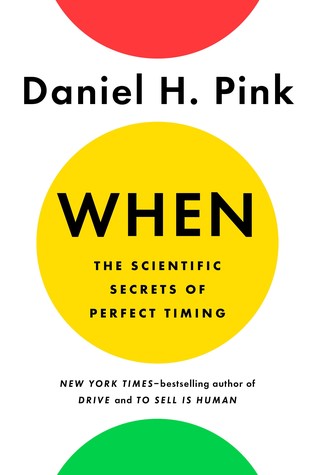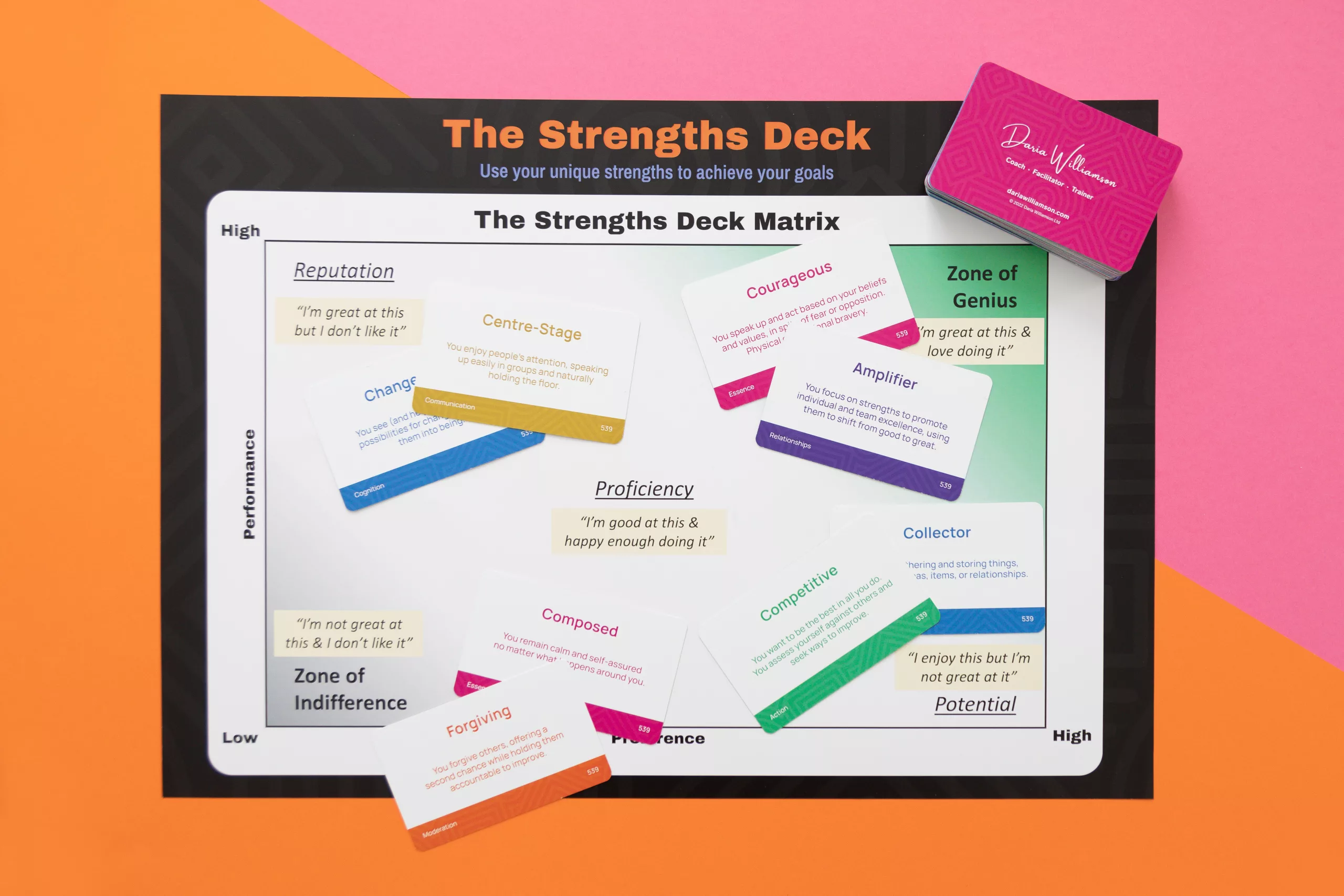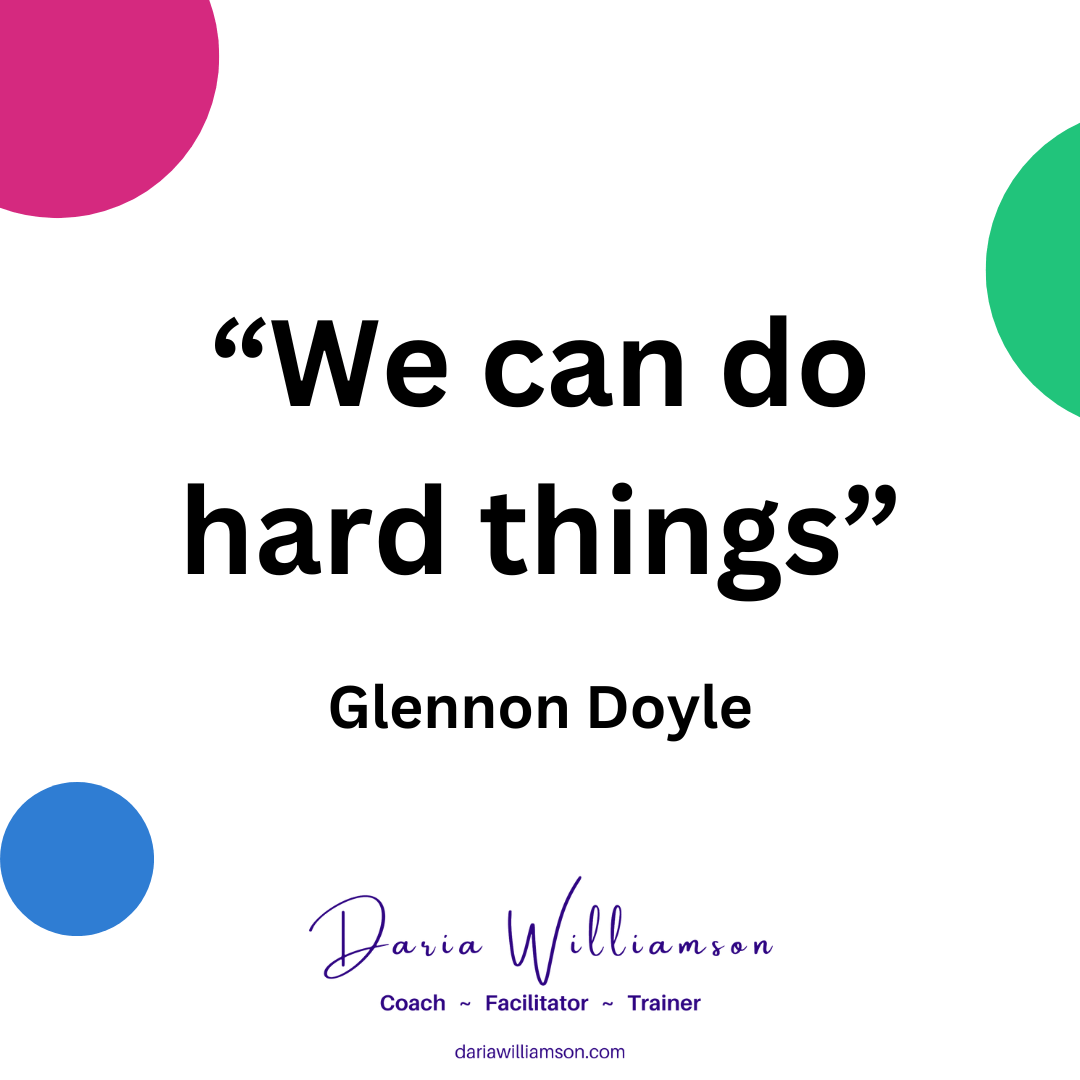Why do people make New Year resolutions? After all, 1st January is a day just like any other day in the calendar, right?
Or is it?
The New Year resolution approach to lasting change (and why it doesn't work)
Depending on who you listen to, between 25% and 75% of the population will make New Year resolutions.
Very few of them will actually see those resolutions through.
Why? It’s often because the resolution requires perfection (not progress), and so at the first sign of a slip, the entire resolution has been “broken”. At that point, most people throw it out the window and go back to their old habits.
It’s also because it seems really high-stakes – we only get one 1st January each year, so if we mess this resolution up, then we have to wait almost a whole year to try again.
What if there was a better way to create lasting change?
What if, instead of having only one shot each year to make a lasting change, you had 86 opportunities?
Suddenly, you’ve gone from a tiny chance (only 0.27% of the year) to a huge number of chances (23.6% of the year). Now, almost one day in every four is an opportunity to refresh your change efforts.
So, what are the “magic” 86 days of the year?
The 86 days in 2022 when you can kick off lasting change
Daniel Pink, in his excellent book ‘When: The Scientific Secrets of Perfect Timing‘ [non-affiliate link] cites Katy Milkman‘s research in his claim that there are 86 days this year when you’ll find it easier to kick off a positive change:
- The first day of a month (twelve)
- Mondays (fifty-two)
- The first day of each season (four)
- Your country’s national day (one)
- The day of an important religious holiday—for example, Easter, Rosh Hashanah, Eid al-Fitr (one)
- Your birthday (one)
- A loved one’s birthday (one)
- The first day of school or the first day of a semester (two)
- The first day of a new job (one)
- The day after graduation (one)
- The first day back from vacation (two)
- The anniversary of your wedding, first date, or divorce (three)
- The anniversary of the day you started your job, the day you became a citizen, the day you adopted your dog or cat, the day you graduated from school or university, the day you moved house (four)
- The day you read this article (one)

That’s because these dates stand out from other dates in your calendar, and trigger the “fresh start effect”. If you’re interested in learning more about the concept behind the When book, check out this short (2 min 18 sec) video from the author.
Using the 86 days to your advantage
As I mentioned earlier, one of the reasons that New Year resolutions fail is because they aim for perfection, not progress.
When a goal feels too big, it can be overwhelming, which makes it hard to get started.
Imagine a couch potato making a New Year resolution to run a marathon – that’s 42.2kms. It’s hard to see a pathway that goes from “not running at all” to “running a marathon”. Where do you even start?
Set some mini goals
Instead of setting the big, hairy, audacious marathon goal and then slogging towards it, our couch potato could set some mini goals:
- Get a physical exam
- Get fitted for high-quality running shoes
- Get some decent running kit
- Buy sunscreen, hat and shades
- Read a beginners’ guide to running
- Get advice on a beginners’ training plan
- Go for the first (slow, gentle, short) run or run-walk
- Set up a training progress tracker
- Get nutritional advice specifically for running
- Join a local running group
- Sign up to a 5km fun run event
That’s 11 mini goals already – and each mini goal can be assigned to one of the 86 days of lasting change.
The benefits of mini goals for making lasting change
Mini goals reduce the “scariness” of the overall goal by turning into a series of smaller, more achievable steps. And we also get the feeling of momentum that comes from making progress.
When your only goal is “run a marathon”, then you haven’t achieved anything until you’ve run the full 42.2km. But if you have goals along the way to run 5km, run 10km, run a quarter marathon, and run a half marathon, then by the time you run the full marathon, you’ve completed five goals. And the first four give you the motivation and confidence to achieve your fifth and final goal.
The same goals for any other goal. Want to speak on the stage at a TEDx event, write a book, get your PhD, or become General Manager of the company you work for? If those are your only goals, and you don’t break them down into smaller goals and targets, you’ll struggle to find motivation and stick with the goal till the end.
It’s great to have big goals – and it’s even better to turn those goals into a series of stepping stones that get you from here to there with your motivation and energy intact. Then you can use the 86 days of the year to launch into each new effort that will get you to the next stepping stone.
Personal strengths and lasting change
No discussion of personal growth and creating lasting change would be complete without consideration of personal strengths.
Strengths are things that you are great at, and that light you up while you’re doing them. They are a source of energy and engagement, supporting your motivation, resilience and wellbeing.
When you’re setting goals and aiming to create lasting change, do so in alignment with your strengths. If your goal is to publish a book, but you really dislike writing, you may struggle to achieve your goal (unless you partner with someone who is great at, and loves, writing).
So, take time to list out your key strengths, and look for ways to link them to your goals and efforts to create lasting change. Then grab your calendar, mark up the 86 days where you’ll find it easier to launch your change efforts, and get started on your journey!
Resources
- The Fresh Start Effect: Temporal Landmarks Motivate Aspirational Behaviour – Management Science





